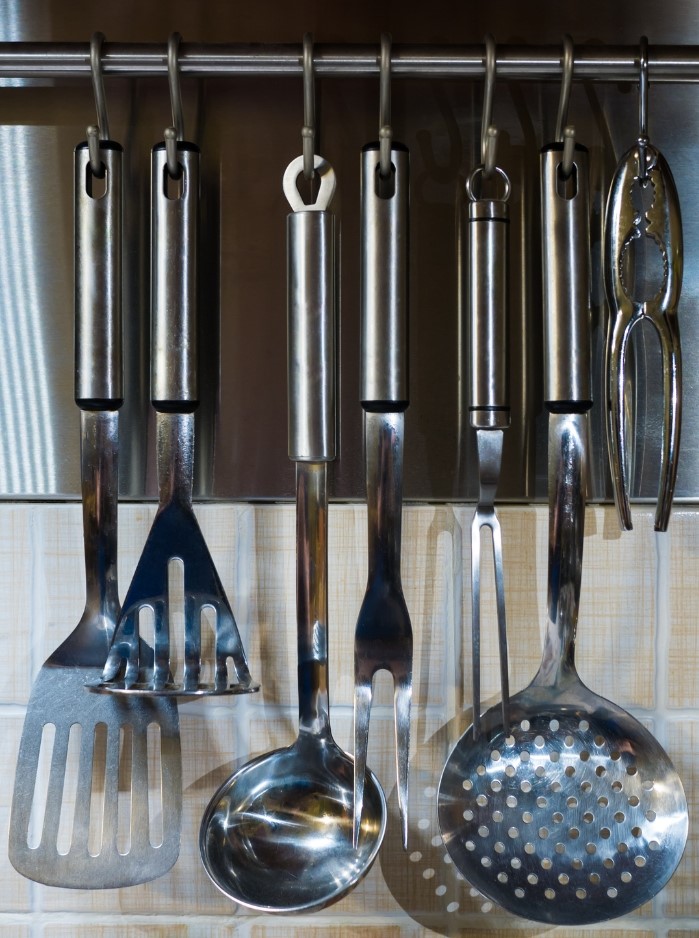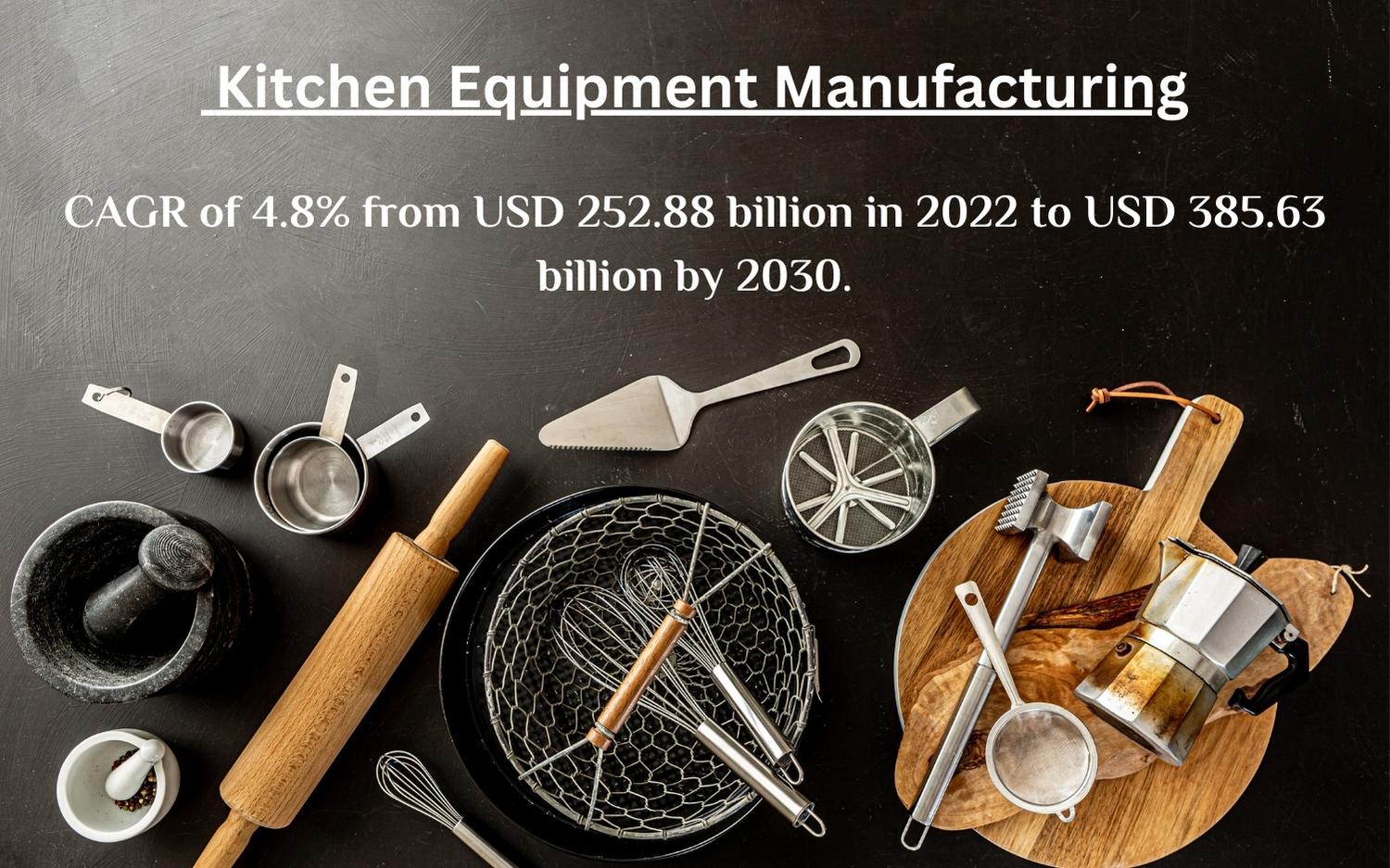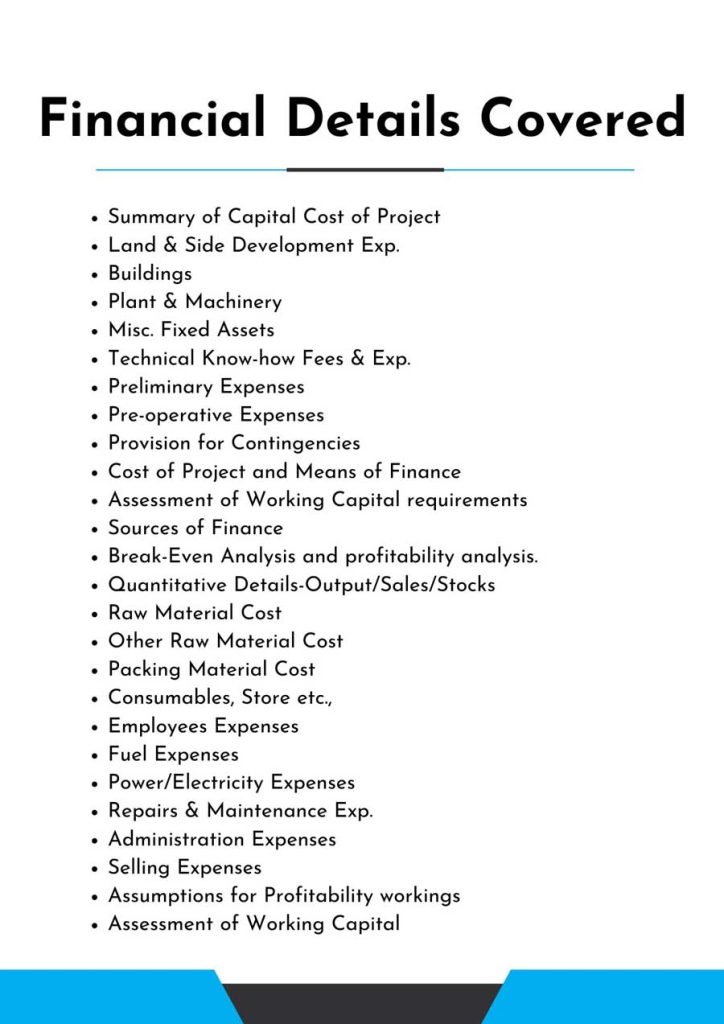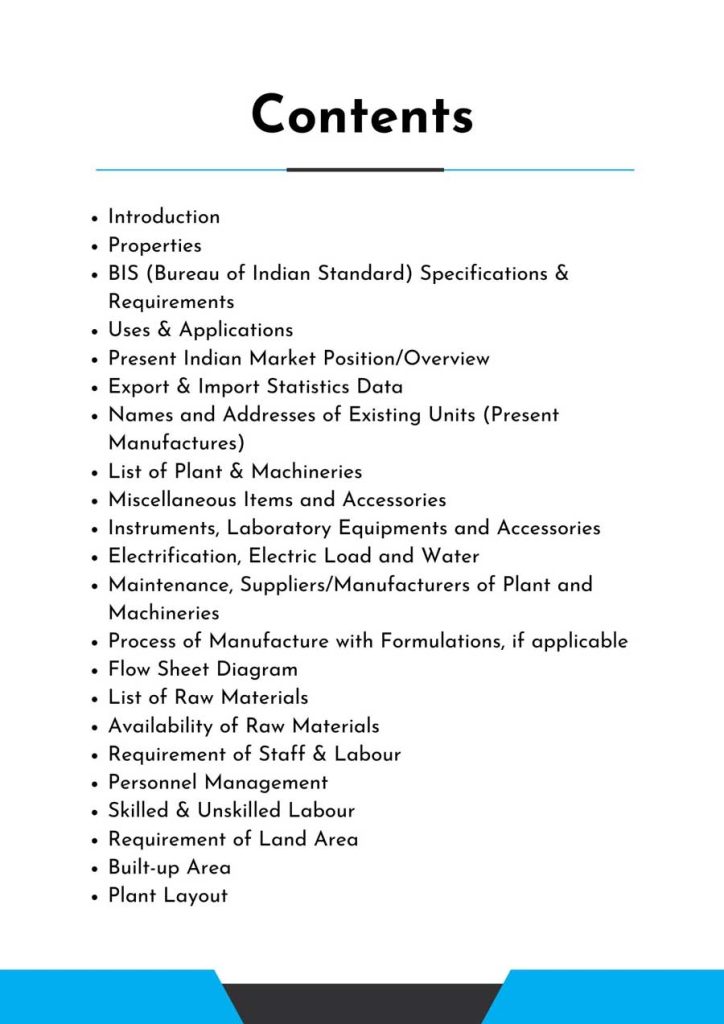Feasibility Report On Kitchen Equipment Manufacturing
Kitchen Equipment Manufacturing is the process of creating various appliances and tools used in kitchens for cooking, food storage, and preparation. These products are designed to enhance efficiency, safety, and convenience, catering to the needs of both home cooks and professional chefs in their culinary endeavors
Introduction
Feasibility Report For Kitchen Equipment Manufacturing.
Kitchen equipment includes all of the many tools, appliances, and utensils used in the kitchen for cooking, preparing meals, and storing food. Everything from pots and pans to dishwashers and refrigerators falls under this category. It is critical to have all of the necessary equipment on available in order to properly cook and prepare food in a well-equipped kitchen.
Kitchen ware refers to any form of kitchen equipment or instruments used for cooking or food preparation. Pots and pans, knives, and spatulas are all examples of this. Metal, glass, and plastic are some of the materials used to make kitchenware.


The design and engineering part of the process begins with the development of product specifications and the creation of prototypes or 3D models. The functionality, dimensions, materials, and other characteristics of the kitchen equipment are all determined during this phase.
Once the design has been finalised, the materials for constructing the kitchen equipment are chosen. Stainless steel, aluminium, cast iron, glass, and various polymers are common materials utilised. Material selection is influenced by considerations such as durability, heat resistance, safety, and aesthetic appeal.
The raw ingredients for the manufacturing process are prepared. This may entail cutting, shaping, bending, or moulding the materials in accordance with the design specifications. To produce the desired shapes and dimensions, techniques such as laser cutting, CNC machining, or casting may be employed.
After that, the prepared materials are produced and assembled to form the kitchen equipment. To attach the components together, several procedures like as welding, soldering, riveting, or adhesive bonding are used. If applicable, assembly may also include the integration of electrical components, motors, or other functional aspects.


The kitchen equipment may be subjected to surface treatment methods after manufacture and assembly to improve its look, durability, and corrosion resistance. Polishing, grinding, painting, powder coating, and electroplating are all common surface treatments. Quality control procedures are applied throughout the manufacturing process to ensure that the kitchen equipment fulfils the needed requirements. Inspections, testing, and verification of measurements, functionality, safety features, and overall product quality are all part of this process.
After passing quality control, the kitchen equipment is properly wrapped for shipping and distribution. Packaging supplies such as boxes, foam inserts, and protective coatings to avoid damage during shipping are included. The finished kitchen equipment is subsequently sold to retailers, distributors, or directly to customers. The products are sold through a variety of methods, including physical storefronts, internet platforms, and direct sales.
Feasibility Report Sample On Kitchen Equipment Manufacturing



Market Strategy on Kitchen Equipment Manufacturing
The global kitchen appliances market was estimated at USD 241.3 billion in 2021 and is expected to increase at a CAGR of 4.8% from USD 252.88 billion in 2022 to USD 385.63 billion by 2030.
The market is expected to increase significantly in the next years as the travel and tourist industry expands and Quick Service Restaurants (QSRs) become more appealing to millennials. Other reasons boosting the market for commercial kitchen appliances include rising demand for drive-through meals, fast-paced life in metros and cosmopolitan cities, an increase in the number of working women and nuclear families, and an increase in individual disposable money.

Changes in lifestyle and an increase in disposable income are driving up demand for kitchen equipment among household end users. The industry is witnessing an increase in the trend of modular kitchens among household consumers.
Customers are choosing trendy and sophisticated built-in kitchen appliances to improve the kitchen’s aesthetic appeal. Furthermore, the introduction of technology-driven kitchen gadgets is driving consumers to upgrade their basic kitchen into a smart kitchen. Companies competing in the global kitchen appliances market offer a variety of household kitchen appliances to meet the growing demand for such appliances for household use.



